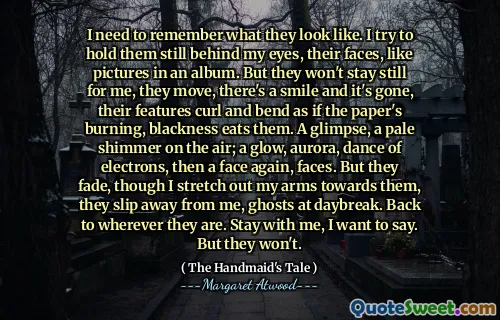I marvel again at the nakedness of men's lives: the showers right out in the open, the body exposed for inspection and comparison, the public display of privates. What is it for? What purposes of reassurance does it serve?...Why don't women have to prove to one another that they are women?
In "The Handmaid's Tale," Margaret Atwood reflects on the vulnerability inherent in men's lives, highlighting how their bodies are openly displayed and subject to scrutiny. This public exposure raises questions about its purpose, particularly in terms of societal reassurance and validation. The act of openly comparing and inspecting one another seems to serve a deeper need for affirmation among men.
Atwood also contrasts this with the experiences of women, noting that they do not engage in similar public displays to prove their identity or femininity. This disparity prompts a contemplation of gender dynamics and societal expectations, suggesting that women are not subjected to the same pressures of visibility and validation as men, which speaks to broader themes of power and autonomy within the narrative.
